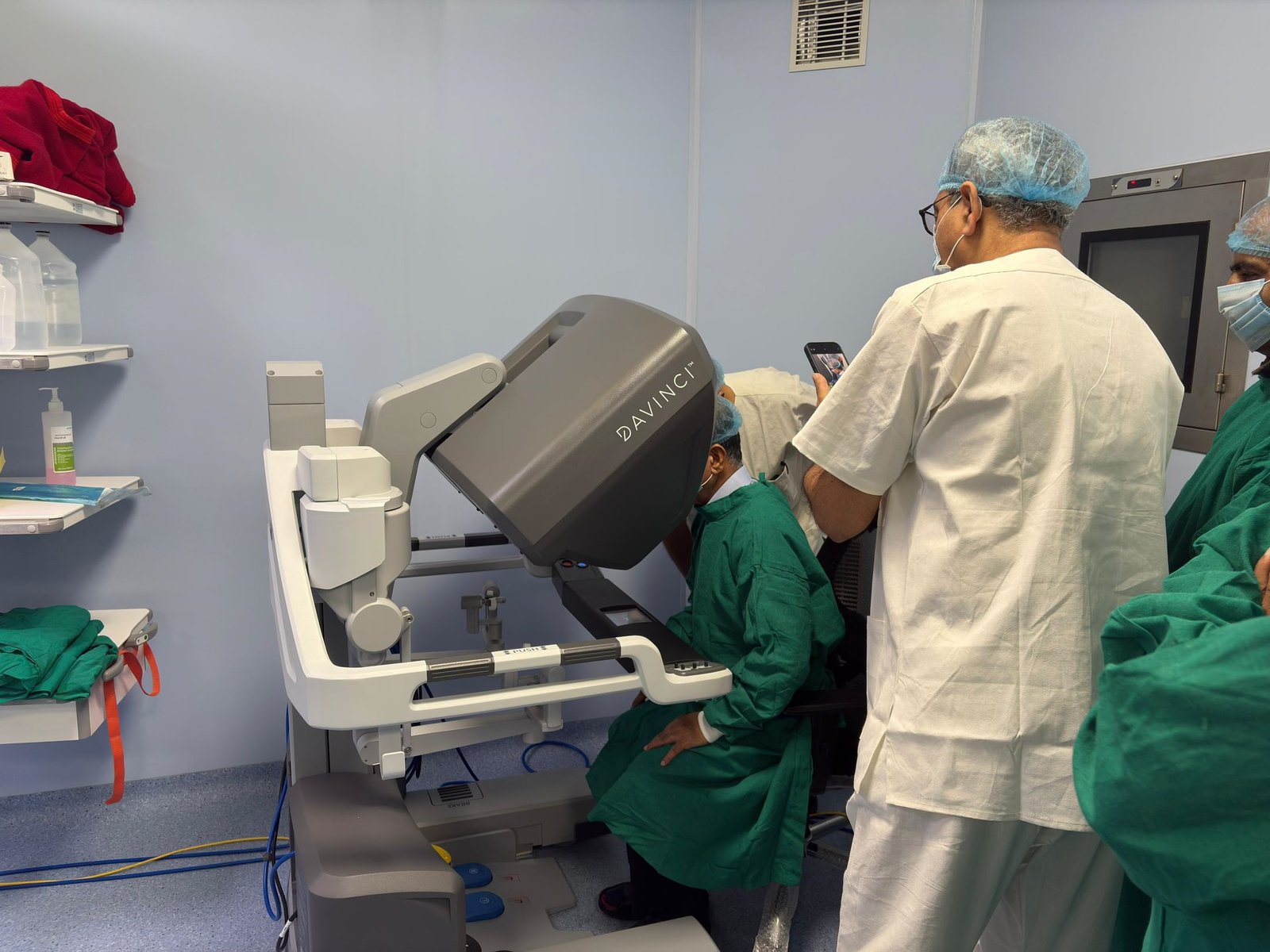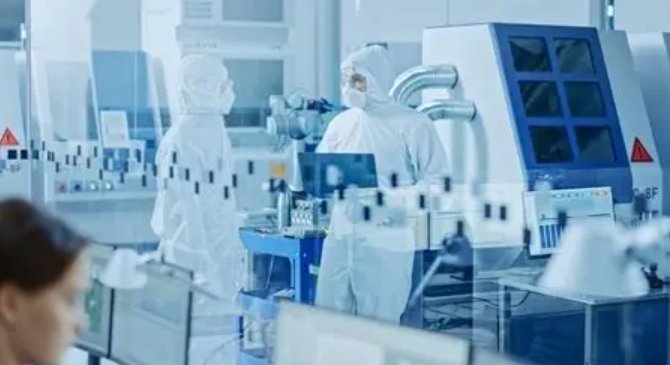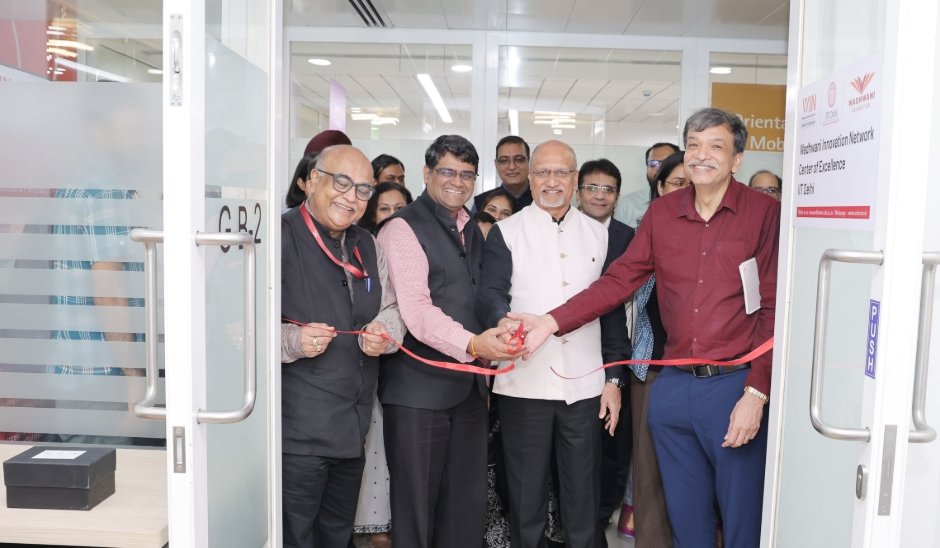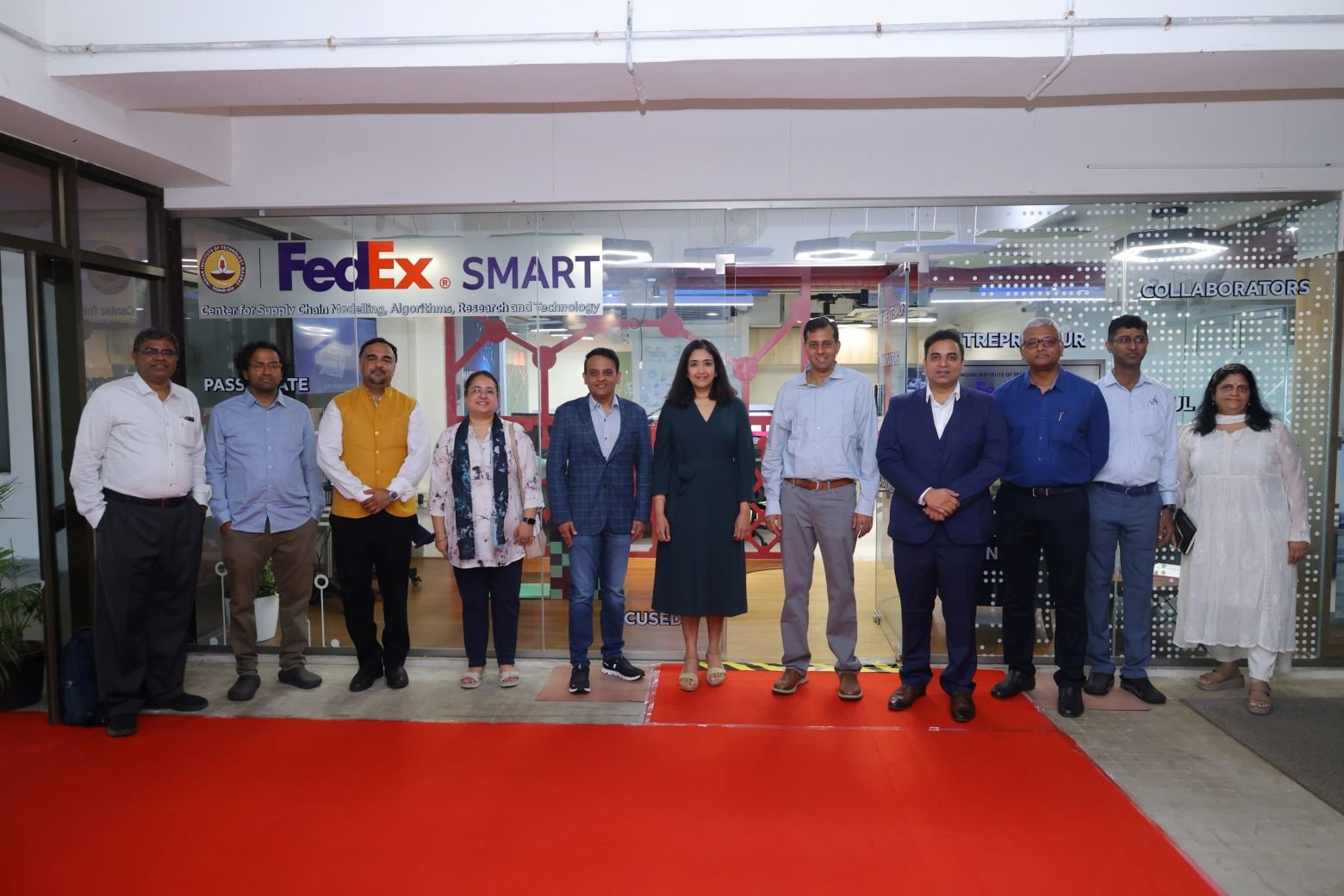Automation for bird flu testing
June 05, 2008 | Thursday | News
New Page 1
Automation for bird flu testing
BioTek Instruments, a leader in microplate instrumentation technology,
conducted a case study of a poultry lab in the US. This particular lab, receives
a very high volume of poultry samples to be tested for avian influenza and, with
BioTek's help, switched to an automated system. BioSpectrum details the
process, the lab's problems, and the solution that they're now very happy
with.
Avian Influenza (AI, also known as "bird flu") Type
A virus is classified into two forms – low pathogenic and highly pathogenic.
The low pathogenic form manifests with mild symptoms, but there is a risk that
the virus can mutate into the highly pathogenic form. This highly pathogenic
form of AI Type A, whether introduced from an outside source or mutated from the
low pathogenic version, can spread rapidly through poultry flocks, with
mortality rates close to 100 percent within two days of exposure. And although
many media reports focus on the potential for this virus to cross the species
barrier and infect humans on a pandemic scale, a more immediate threat remains
for the livelihood of the poultry industry itself. If even one bird in a flock
tests positive, the entire flock of 10,000 to 20,000 birds must be destroyed,
resulting in thousands and even millions of dollars of lost revenue.
Prior to the large-scale Asian outbreaks starting in 1997,
routine testing for Avian Influenza (AI) virus by many US livestock serology
laboratories was limited to baby chicks and fertile hatching eggs destined for
export outside of the US. Currently, AI testing is now mandatory for exported
meat, eggs and chicks, and although not required by the United States Department
of Agriculture (USDA) or the federal-state-industry cooperation program NPIP
(National Poultry Improvement Plan), many poultry farms now choose to test their
domestic poultry flocks. Testing is based on a 95 percent confidence interval
for each flock.
The impact on local government-controlled livestock serology
laboratories has been immediate. One of the top poultry-producing states in the
US saw a four-fold increase in samples at its peak, with up to 20,000 samples
per month sent to their government-run livestock and poultry serology
laboratory. Although the lab requested to remain confidential, it currently
averages 10,000 AI poultry samples per month according to serology supervisor,
Dr Linda Nagin (name changed on request); equivalent to 75 percent of the
overall animal testing performed in the serology laboratory.
Several AI virus test methods are available including ELISA,
PCR, and a highly sensitive but time-consuming agar gel immunodiffusion test. In
Dr Nagin's serology lab, poultry serum samples are tested by certified
laboratory personnel using a USDA-approved ELISA test method from IDEXX
Laboratories. Previously, this test method was performed manually using
multi-channel pipettes, with approximately 2 hours to completion for each
microplate. To keep up with the increased throughput, Dr Nagin acknowledged that
she needed an automated system. "With limited personnel resources, a small
laboratory, and potential changes to government criteria, we needed to organize
our tests instead of reacting to them," noted Dr Nagin. "We needed new
equipment with true multi-tasking abilities."
With the decision to move into automated and robotic systems,
Dr Nagin's requirements were very specific.
Flexibility was the highest priority. The landscape of
livestock and general animal disease threats is ever-changing, and to best react
to these changes, the system needed to be easily retooled for future tests. As a
result, Dr Nagin only considered component systems and excluded all-inclusive
systems.
The second requirement was that of space. The crowded
laboratory of approximately 800 sft housed large equipment, desks and
workbenches along with four full-time and two part-time technicians. Space was
at a premium, so she wanted to get the most functionality from the system in the
smallest amount of space possible.
Cost was the final requirement. Many of the robotic systems
that Dr Nagin considered lacked the price-to-feature ratio that she was looking
for, and when looking at automated non-robotic systems, no one had the whole
package.
With her selection criteria in mind, Dr Nagin contacted
BioTek Instruments for more information on their products. According to Dr Nagin,
"While meeting with the BioTek representative, we were able to map out the
complete system on our dry-erase board. At every step in our process, BioTek had
the tools to meet our needs." The complete system included one Precision XS
microplate sample processor, one ELx405 washer, three MicroFill dispensers, one
PowerWave spectrophotometer, one BioStack Twister II microplate handler and one
LPX44 microplate hotel from LiCONic. Satisfied with the cost, space
requirements, modularity and versatility, the BioTek system was approved by Dr
Nagin as well as the laboratory director, chief financial officer and agency
director; and purchased using a federal grant from the USDA.
BioTek worked closely with a third party to create
specialized tables for the microplate system with the smallest footprint
possible while still retaining the best functionality for specific processes and
flexibility to use the components individually. After complete assembly and an
initial round of testing at the factory, the entire system was installed at the
state-run livestock and poultry serology lab, and adjustments were made to
further customize the automation setup. All assay and scheduling parameters were
programmed into the system's software according to Dr Nagin's AI test
protocol. As the test parameters did not change, the time to completion was not
reduced, but active labor time was dramatically shortened so that operators
could prepare buffers or run other non-AI assays on other equipment.
After adjustments and rigorous testing, including
installation qualification, operational qualification and performance
qualification, reliability studies were conducted to ensure that the test
results would be identical to those achieved via the previous manual methods. Dr
Nagin commented, "We expected adjustments and tweaking in the initial
testing stages, and BioTek's people provided excellent service and
responsiveness." Citing high marks on both service and product quality, the
livestock and poultry serology lab has purchased additional equipment from
BioTek.
Looking to the future, this government laboratory is in the process of
becoming a National Animal Health Laboratory Network (NAHLN) laboratory, which
encompasses a number of other highly contagious diseases in animals, and they
see the BioTek system being utilized further. "The point is, rather than
buying a predesigned system and modifying our tests to fit, BioTek created a
custom system specific for our needs that can be retasked in the future,"
noted Dr Nagin several months into use of the BioTek system. "It's like
having an extra pair of hands in the lab – it's allowed us to schedule our
workload better and frees us to attend to other tasks while the system is
running. We're happy to continue our relationship with BioTek."









